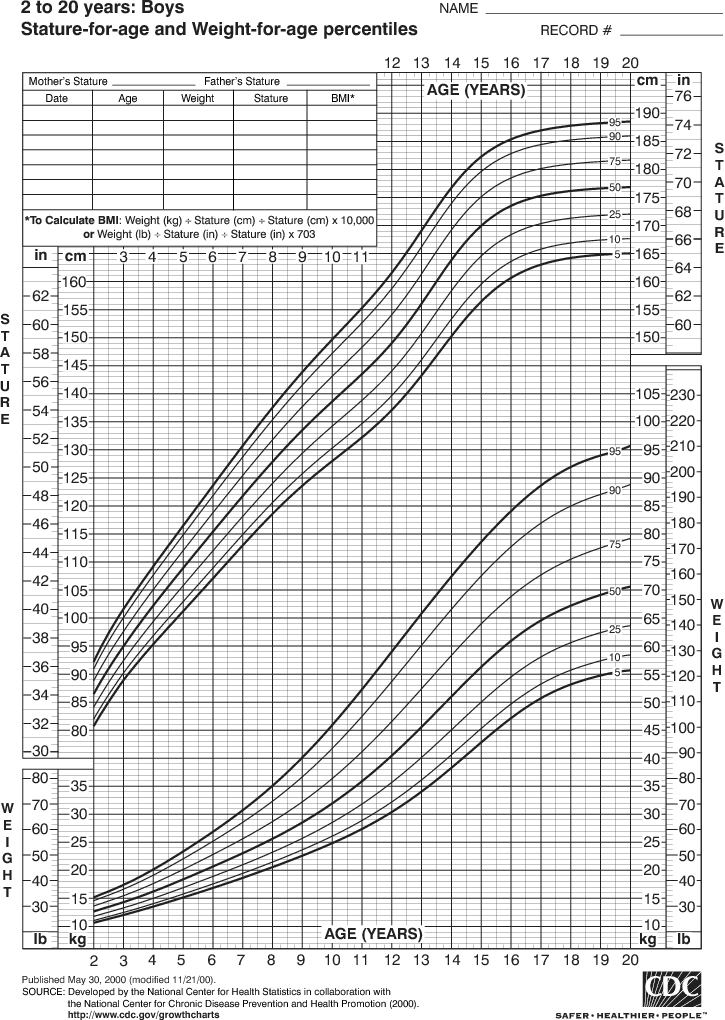A few of you have referred me to the story of Dara-Lynn Weiss and her 7 year old daughter, a frightening story that’s sort of the Tiger Mother of the thin-obsessed.
For those who haven’t read the piece, or some of the outraged responses it has provoked, Weiss’s piece in the April edition of Vogue magazine (not available online) tells how the writer, who admits to having her own lifelong “issues with food,” having tried many diets, used fear, shame, and ridicule to coax her seven year old daughter into losing weight, after a pediatrician appointment revealed that she was in the 99th percentile for weight.
Jezebel calls it the “worst Vogue article ever.” Here’s a taste of some of what Weiss did to her daughter:
I once reproachfully deprived Bea of her dinner after learning that her observation of French Heritage Day at school involved nearly 800 calories of Brie, filet mignon, baguette, and chocolate. I stopped letting her enjoy Pizza Fridays when she admitted to adding a corn salad as a side dish one week. I dressed down a Starbucks barista when he professed ignorance of the nutrition content of the kids’ hot chocolate whose calories are listed as “120-210” on the menu board: Well, which is it? When he couldn’t provide an answer, I dramatically grabbed the drink out of my daughter’s hands, poured it into the garbage, and stormed out.
Weiss says she has spent the past three decades “[hating] how my body looked and [devoting] an inordinate amount of time trying to change it,” so it’s really no surprise that she would pass this fear and loathing on to her daughter.
And of course, now Weiss is writing a book, cringe-worthily titled The Heavy, which will published by Random House.
I’ve got to say that I have few words for how sad and reprehensible I find this story.
Maybe it’s because I’ve read too many stories of life-long eating disorders and self-loathing that begin just like this.
Maybe it’s because the wisest eating advice I’ve encountered focuses on eradicating shame and guilt and instilling joy and confidence in yourself and your children.
Maybe it’s because this is such a distortion of what the feeding relationship between parent and child (yes, and between God and people!) is supposed to be.
I’ll let you know when and if I find more words. Meanwhile, what are YOUR thoughts?
Like this:
Like Loading...








